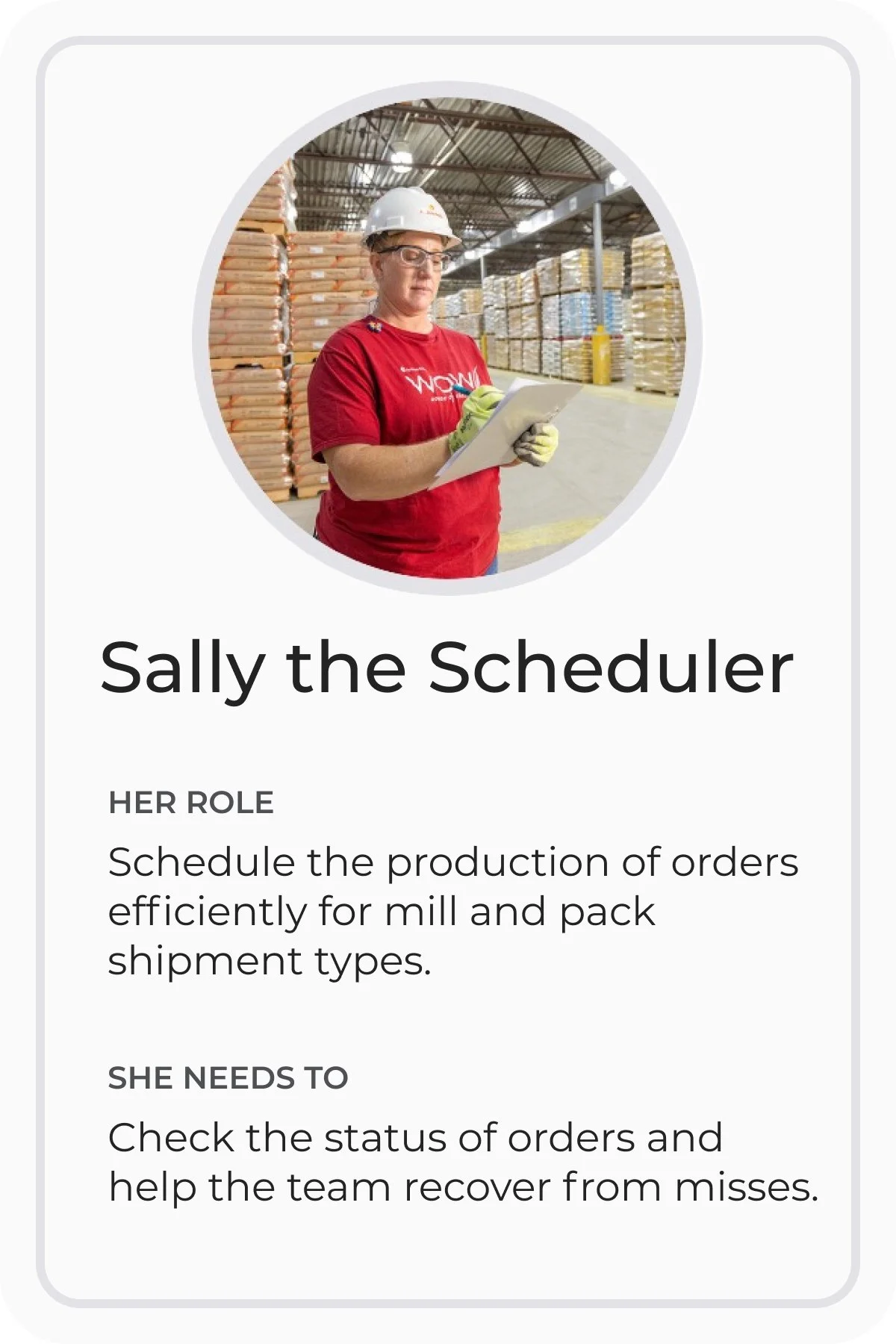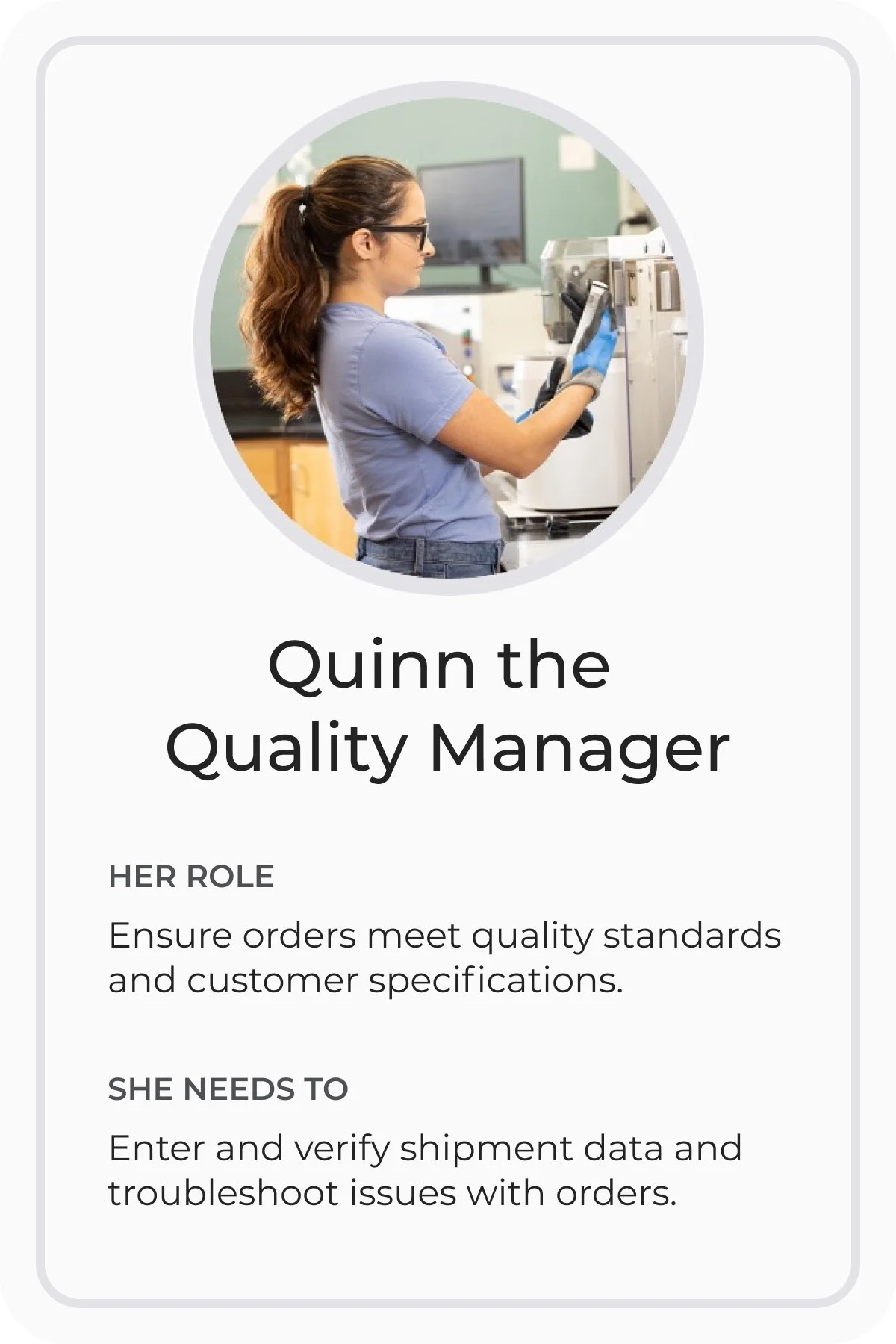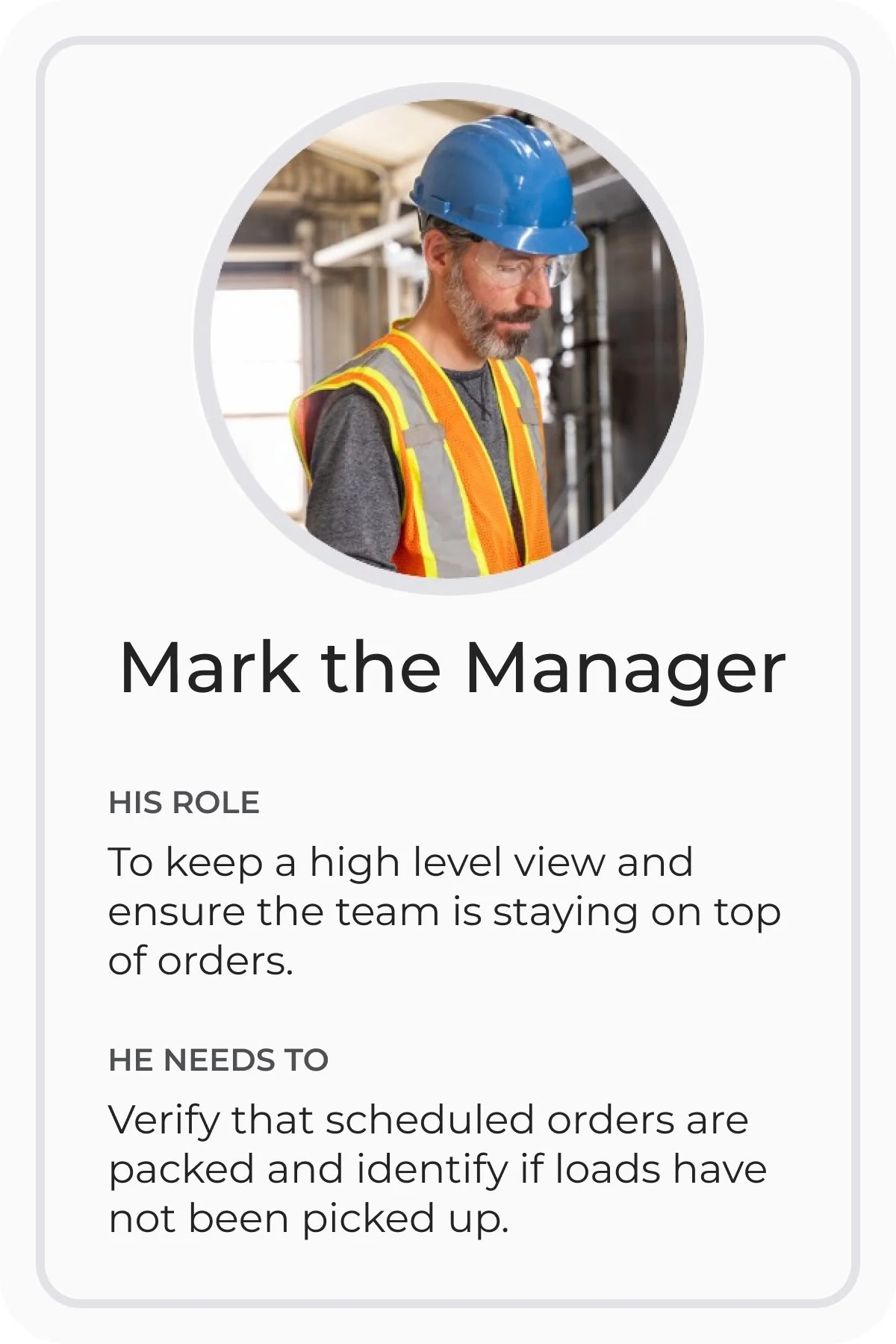
PRISM Shipments Redesign
Ardent Mills, a leading flour milling company in the US, relies on its custom-built application PRISM to manage operations across its 40+ mills. A core module within PRISM, Shipments Loadout, is crucial for ensuring efficient and accurate order fulfillment. This case study details the redesign of the Shipments Loadout module, a project undertaken to streamline the user experience and address inconsistencies that hindered user workflows.
This project is currently in progress and has not yet entered the development phase.
OVERVIEW
ROLE
Project Lead & Lead Product Designer
CLIENT
Ardent Mills
DESIGN TEAM
Lead Product Designer
Junior Product Designer
CAPABILITIES
Product Design
Product Ownership
Design Ops
Design Strategy
Information Architecture
Interaction Design
Accessibility
Governance
Content Strategy & Writing
TARGET METRICS
1
Shipments Loadout UI
<10%
dissatisfaction survey score
40%
Less development hours spent
20%
Reduction in session clicks

ARDENT MILLS
Founded in 2009 from the merger of two industry giants, Ardent Mills is North America's leading flour supplier. They source grain from across the continent, meticulously milling it into the building blocks of countless meals.
But Ardent Mills goes beyond just producing high-quality flours and whole grains. They're passionate and committed to working alongside farmers to cultivate a more sustainable future for food. They're not just manufacturing ingredients; they’re cultivating a thriving agricultural ecosystem that nourishes their communities one grain at a time.
COMPANY
PIONEERING DESIGN
I joined Ardent Mills to found their UX practice and build a design-driven approach to software development. As their first Product Designer, (the company hadn't yet integrated design into their workflow) I had the unique opportunity to build a design practice from the ground up and champion user-centered design.
The initial days were spent building the foundation. This included creating a design system, establishing developer/designer workflows, building a core set of design tools, and raising awareness on the benefits of design. Slowly, but surely, design started gaining traction, and the design practice I built evolved from a solo mission to a collaborative force. With additional designers under my leadership, we transformed how the company approached product development and user experience.

For 4+ years, Ardent Mills supported two distinct Shipments Loadout experiences within PRISM: an older, data table-heavy interface and a newer, card-based design. Maintaining both experiences doubled design and development costs, impeding future development efforts and creating inconsistencies in plant operations. The old experience was favored for its ability to view large amounts of data and sort/filter options, while the new experience was preferred for its modern look and global search/filter functions. There was a need for a unified solution that combined the strengths of both experiences while eliminating their drawbacks.
THE PROBLEM
OLD EXPERIENCE
NEW EXPERIENCE
GOALS
The primary goal of the PRISM Shipments Redesign project was to create one dedicated and streamlined experience that includes all functionality users need to simplify their jobs and allow them to perform in an efficient way. This was supported by key results that included providing users with a combined approach, streamlining the experience across all plants, reducing time and money spent on corporate resources for design, development, and testing, and enabling future enhancement of the Shipments module and mobile responsive design efforts.
THE PROCESS
DELIVERABLES
Discovery
Solution Design
(This project is still in progress)
DISCOVERY
This project followed a user-centered design process that began with a thorough discovery phase to understand user needs and pain points. This involved employing a mixed-methods approach, combining quantitative data from an initial user survey with qualitative insights gathered through in-depth user interviews. The goal of this discovery phase was to establish a solid foundation for informed design decisions by identifying key user goals, workflows, and frustrations with the existing Shipments Loadout experience.
User Survey
An in app seven-question survey was conducted to gather baseline data on user roles, experience preferences, satisfaction levels, and feature value ranking. The survey revealed that users were split in their preferences. Looking at Operators specifically, 35% favored the old experience, 29% the new, and 25% liked both for different reasons. Interviews further indicated that users clung to the old experience due to comfort, lack of training, or even unawareness of the new option.
User Interviews
To gain a richer understanding of how users interacted with both new & old Shipments Loadout experiences, in-depth user interviews were conducted. Seven users were interviewed to explore their individual experiences, focusing on their workflows, goals, and the challenges they encountered.
These interviews aimed to provide context for the survey data and answer key questions:
What are the core tasks that users perform within their job role?
What are users trying to achieve when using Shipments Loadout?
Which experience do users choose and why? And does this align to their role?
What functionality do users need that is currently absent from either experience?
User Personas
Four distinct user groups were identified, each with unique roles and needs: Operators, Schedulers, Quality Techs/Managers, and Supervisors/Managers. The one common goal of these four user groups was to ensure the customer receives the right product, on time.
Key Insights
The discovery phase provided valuable insights into user needs and behaviors, which directly informed the design direction of the Shipments Loadout redesign.
Divided Preferences: Users exhibited a split preference between the old and new Shipments Loadout experiences, with a significant portion appreciating aspects of both.
Barriers to Adoption: Users' choice of experience was often influenced by comfort level, lack of training on the new experience, and unawareness of its existence.
Task-Driven Experience Switching: Users switched between experiences to access specific features, indicating that neither experience fully satisfied all needs.
Data Interaction: Efficient searching, filtering, and sorting of order data were identified as critical user workflows.
Impact of Design Decisions: Design elements like data presentation, information hierarchy, and navigation, were shown to have a direct impact on user efficiency, satisfaction, and the ability to complete tasks effectively.
SOLUTION DESIGN
The design team addressed the challenges of the dual Shipments Loadout experiences by developing a hybrid solution that aimed to unify the best aspects of both. The design strategy centered on:
Data Presentation: Finding a balance between the information-rich data table format of the old experience and the more visually appealing card-based layout of the new experience.
Navigation and Filtering: Improving the usability of search and filter functions by refining their design and placement within the interface.
Information Hierarchy: Enhancing content comprehension by making data labels more prominent and organizing secondary information into expandable sections.
Two slightly different approaches were designed. Both solutions provide the same core functionality, but differ in their approach to filter and organize data. One solution explores a more simplified, single-row table layout, while the other maintains a card-based structure to organize data into distinct units. We intentionally designed in a lo-fi state to prioritize functionality and layout in the initial design phase.
OPTION ONE
OPTION TWO
The next phase of the project involves validating the proposed solutions. The results of these efforts will inform revisions and final design decisions before implementation. The validation process will include:
Usability Testing: Moderated and unmoderated testing sessions will be conducted with users to evaluate the effectiveness and usability of the designs.
Prototype Evaluation: Users will be asked to complete core tasks such as searching, filtering, and sorting order data within the prototypes.
Data Collection: Quantitative metrics (task completion rate, time spent on task, number of clicks, ease of use score, sentiment score) and qualitative feedback will be gathered.
Change Management: A change management plan will be created to ensure a smooth transition for users to the unified Shipments Loadout experience.
NEXT STEPS
PROTOTYPE: DESIGN OPTION TWO
While this project is still underway, it is a crucial initiative to streamline the Shipments Loadout process and improve its usability. By consolidating two experiences into one that meets users needs, this redesign seeks to help users achieve their goals more effectively and have a more positive overall experience.
TAKEAWAYS
Success will be measured by:
Reducing the number of experiences from two to one.
Ensuring the streamlined experience incorporates the best features from both previous experiences.
Achieving a post-survey reduction in dissatisfaction from 25% to below 10%.
Demonstrating a reduction in time spent to complete an order.



